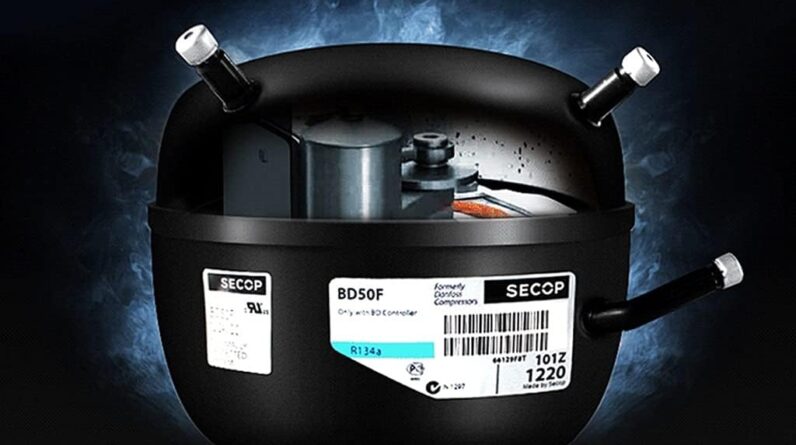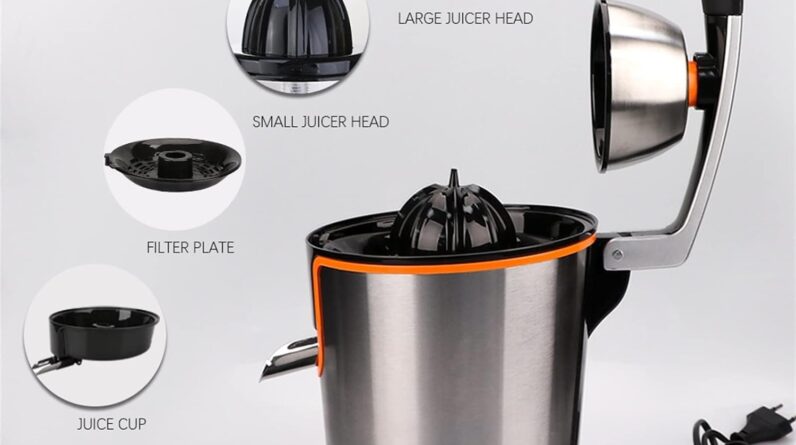
In this article, you will learn practical techniques to prevent and fix the frustrating issue of a dishwasher not filling with water. We will explore simple but effective strategies that you can implement to ensure your dishwasher functions smoothly, saving you time and frustration in the long run. So if you’re tired of encountering this problem, keep reading to discover valuable tips and tricks that will help you maintain a fully functional dishwasher.
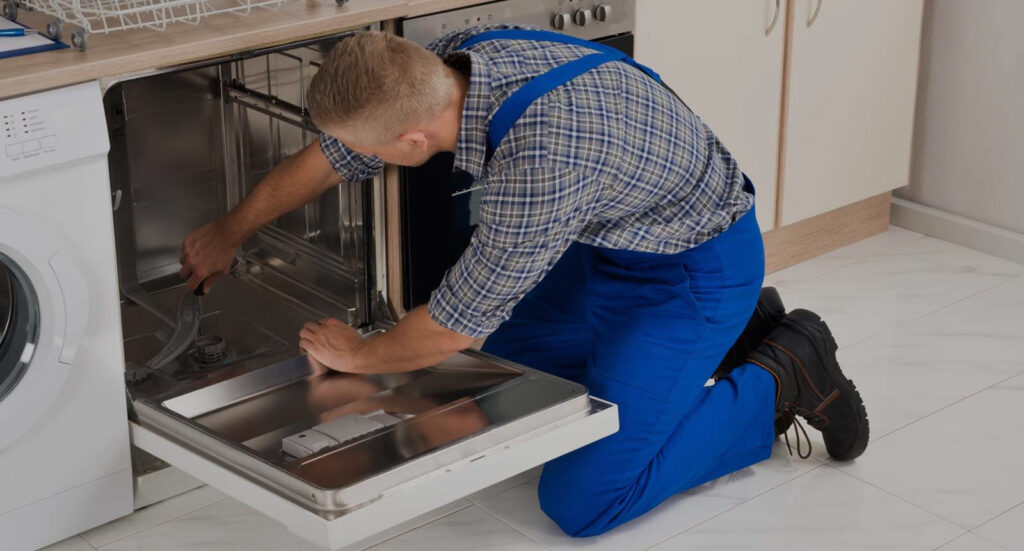
This image is property of fixappliances.ca.
Common Causes of Dishwasher Not Filling with Water
Water Supply Issues
One of the most common causes of a dishwasher not filling with water is water supply issues. This can happen if there is no water supply to the dishwasher or if the water pressure is too low. If you’re experiencing this issue, the first step is to check the household water supply. Make sure that the water supply to the dishwasher is turned on and that there are no leaks or blockages in the water line.
Faulty Water Inlet Valve
Another common cause of a dishwasher not filling with water is a faulty water inlet valve. The water inlet valve is responsible for allowing water into the dishwasher, and if it becomes defective, it can prevent water from entering the dishwasher. To diagnose this issue, you can test the water inlet valve using a multimeter. If the valve is not receiving the correct voltage or if it does not open when it should, it may need to be replaced.
Clogged Water Inlet Valve
A clogged water inlet valve can also lead to a dishwasher not filling with water. Over time, minerals and debris can accumulate in the water inlet valve, obstructing the flow of water. If you suspect a clogged water inlet valve, you can remove the valve and clean it thoroughly. Be sure to use a descaling solution or vinegar to break down any mineral deposits. Once the valve is clean, reinstall it and test the dishwasher to see if the issue is resolved.
Malfunctioning Float Switch
The float switch is a component that controls the water level in the dishwasher. If the float switch malfunctions, it can prevent the dishwasher from filling with water. The float switch is typically located at the bottom of the dishwasher tub, underneath the bottom rack. You can test the float switch by manually lifting it up and down to see if it triggers the water fill cycle. If the float switch is not functioning properly, it may need to be replaced.
Defective Timer or Control Module
A defective timer or control module can also be to blame for a dishwasher not filling with water. The timer or control module is responsible for regulating the different cycles of the dishwasher, including the water fill cycle. If it becomes defective, it may not send the correct signals to the water inlet valve, thus preventing water from entering the dishwasher. Replacing a faulty timer or control module can be a more complex task and may require professional assistance.
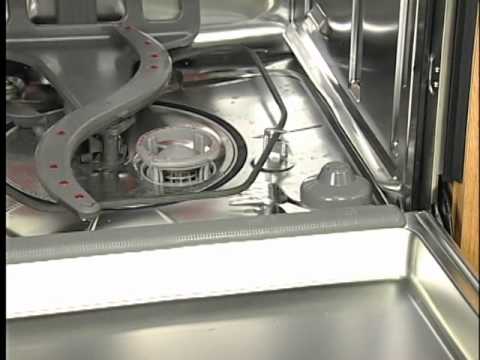
This image is property of i.ytimg.com.
Preventing Dishwasher Not Filling with Water
Regular Maintenance
Regular maintenance is key to preventing a dishwasher from not filling with water. This includes cleaning and inspecting various components of the dishwasher on a routine basis. By doing so, you can catch any potential issues early on and address them before they escalate. Set a schedule for regular maintenance and make sure to stick to it.
Clean Filters and Sprayer Arms
Regularly cleaning the filters and sprayer arms of your dishwasher is essential for proper water flow. Over time, debris and food particles can accumulate in the filters and clog the sprayer arms, restricting water flow. Remove the filters and sprayer arms according to your dishwasher’s user manual, and clean them thoroughly. This not only prevents the dishwasher from not filling with water but also ensures clean and efficient washing.
Check Water Supply
Regularly checking the water supply to your dishwasher is another preventive measure you can take. Inspect the water inlet hose for any kinks or damage that may disrupt water flow. Additionally, ensure that the water supply valve is fully turned on and functioning properly. By checking the water supply regularly, you can identify and resolve any issues before they lead to a dishwasher not filling with water.
Ensure Proper Loading
Proper loading of your dishwasher is essential to prevent it from not filling with water. Avoid overloading the dishwasher, as this can obstruct the water flow and prevent proper filling. Also, make sure that dishes and utensils are placed in a way that does not block the water spray arms. This allows for optimal water distribution and prevents any water flow issues.
Avoid Overloading Detergent
Using too much detergent can lead to excessive soap suds, which can interfere with the water fill cycle. Follow the manufacturer’s instructions for detergent usage and avoid overloading the dishwasher with detergent. Using the correct amount of detergent ensures proper water flow and prevents the dishwasher from not filling with water.

This image is property of empire-s3-production.bobvila.com.
Fixing Dishwasher Not Filling with Water
Check Water Supply
If your dishwasher is not filling with water, the first step in the troubleshooting process is to check the water supply. Start by ensuring that the water supply valve is fully turned on. If it is already open, inspect the water inlet hose for any kinks or blockages that may be restricting water flow. Clear any obstructions and ensure that the water supply is reaching the dishwasher properly.
Inspect and Clean Water Inlet Valve
If the water supply is not the issue, the next step is to inspect and clean the water inlet valve. Start by disconnecting the power supply to the dishwasher. Locate the water inlet valve, which is usually located behind the lower access panel on the dishwasher. Inspect the valve for any signs of damage or debris. If the valve appears dirty or clogged, remove it and clean it thoroughly. Use a descaling solution or vinegar to remove any mineral deposits. Once the valve is clean, reinstall it and test the dishwasher to see if it is now filling with water.
Clear Clogged Water Inlet Valve
In some cases, the water inlet valve may be clogged to an extent that cleaning alone may not resolve the issue. If you have already cleaned the valve but the dishwasher is still not filling with water, you may need to clear any stubborn clogs. To do this, you can use a small brush or toothpick to dislodge any debris that may be obstructing the water flow. Be careful not to damage the valve while doing so. Once the clog is cleared, reinstall the valve and test the dishwasher.
Ensure Proper Float Switch Operation
The float switch is a small device located at the bottom of the dishwasher tub, underneath the bottom rack. It plays a crucial role in regulating the water level in the dishwasher. If the float switch is not operating properly, it can prevent the dishwasher from filling with water. Start by locating the float switch and manually lifting it up and down. If it does not move freely or does not trigger the water fill cycle, it may need to be replaced.
Replace Faulty Timer or Control Module
If all else fails and your dishwasher is still not filling with water, the issue may lie with a faulty timer or control module. The timer or control module is responsible for sending the correct signals to the water inlet valve to initiate the water fill cycle. If it becomes defective, it may not be sending the proper signals, thus preventing water from entering the dishwasher. Replacing a faulty timer or control module can be a more complex task and may require professional assistance. Contact a qualified technician to diagnose and replace the defective component if needed.
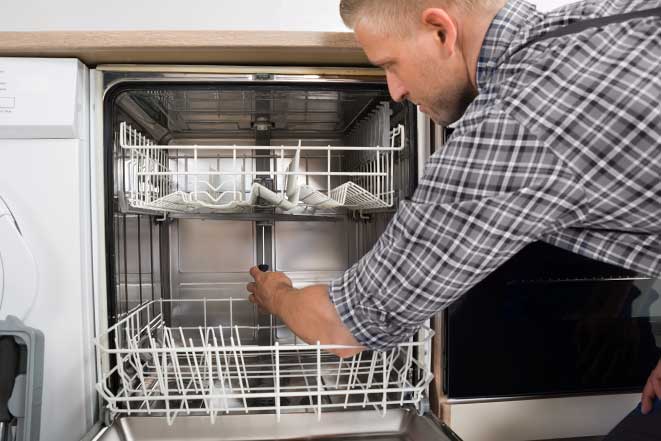
This image is property of fixappliances.ca.
Water Supply Issues
Check Household Water Supply
When your dishwasher is not filling with water, the first step is to check the household water supply. Make sure that the water supply to the dishwasher is turned on and that there are no leaks or blockages in the water line. Sometimes, a simple issue like a closed valve or a turned-off supply can cause the problem.
Verify Adequate Water Pressure
In addition to checking the water supply, it’s important to verify that the water pressure is adequate for the dishwasher to fill properly. Low water pressure can be a common cause of filling issues. You can test the water pressure by attaching a pressure gauge to a nearby faucet and turning it on. If the pressure is below the recommended range for your dishwasher, you may need to consult a plumber to address the issue.
Examine Water Inlet Hose and Valve
Inspect the water inlet hose and valve for any signs of damage or blockages. Sometimes, the water inlet hose may have a kink or be twisted, which can impede the flow of water. Straighten out any kinks and make sure the hose is properly connected to both the water supply and the dishwasher. Also, check the water inlet valve for any debris or blockages. Clear any obstructions and ensure that the valve is functioning properly.
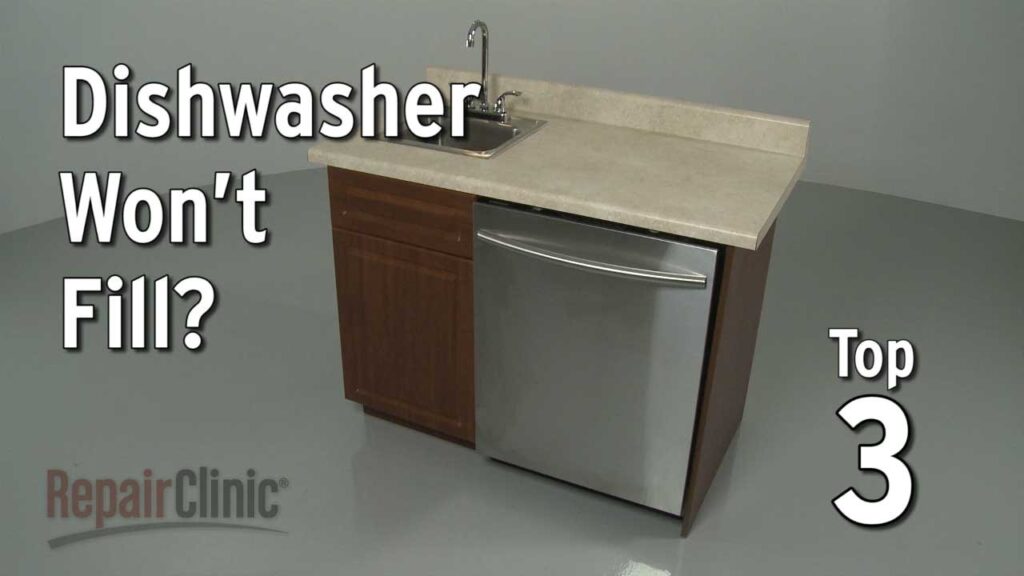
This image is property of i.ytimg.com.


